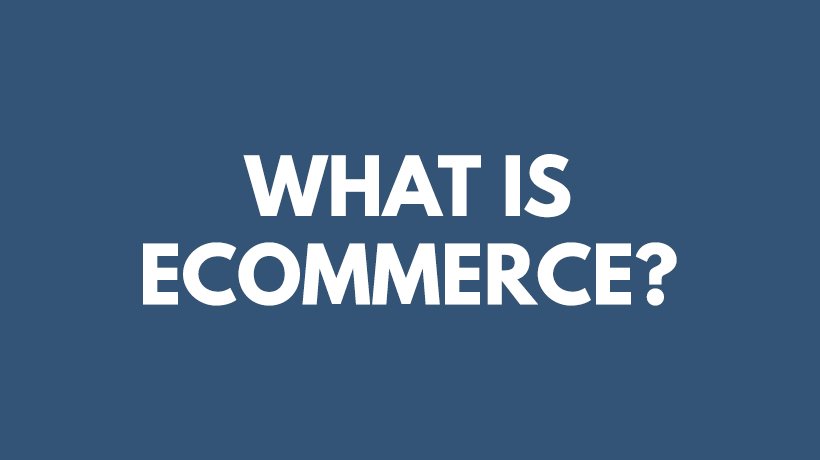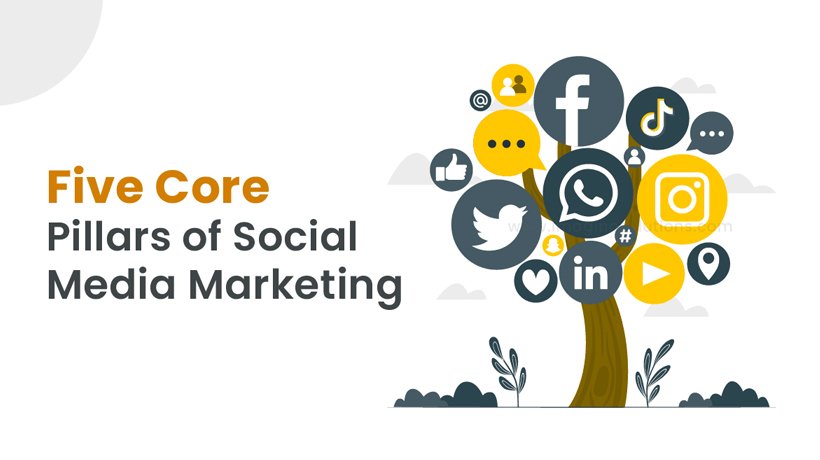The exchange of products and services through the Internet is known as e-commerce. It includes a wide range of information, programmes, and resources for online customers and sellers, such as mobile shopping and encryption for online payments.
The majority of businesses with an online presence use an online store and/or platform to manage logistics and fulfilment, undertake ecommerce marketing and sales operations, and more.
In 2022, worldwide retail ecommerce sales will reach $5 trillion for the first time, making up more than a quarter of all retail sales, predicts eMarketer. And despite slowing growth, overall spending will surpass $7 trillion by 2025.
Let’s examine ecommerce’s development, evolution, and effects on the business sector in order to completely comprehend it. We will also talk about certain e-commerce benefits and drawbacks, as well as future prospects. Check out our biweekly audio series, the Make it Big Podcast, where international thought leaders cover everything ecommerce, from industry news and trends to growth strategies and success stories, for more professional ideas on the move.
Sizes of Ecommerce Businesses:
Ecommerce firms can range in size from small startups to big corporations. Let’s examine the four most common types you’ll encounter.
Startup:
A startup is a company or undertaking that is still in its infancy and was frequently created by an entrepreneur to pursue a cutting-edge business approach.
A startup typically has fewer than 100 employees, but profitability is frequently used to characterise a company rather than size. A company is no longer regarded as a startup after it generates $50 million in annual revenue or is valued at more than $500 million, according to TechCrunch writer Alex Wilhelm.
Small business:
Small firms, which can be sole proprietorships, partnerships, or corporations, are ones that provide goods or services, make less money than giant international corporations, and employ fewer people. According to the U.S. Small Business Administration, a small business can have between 100 and 1,500 employees or average annual sales of between $1 million and $40 million.
Mid-market:
Small and medium-sized firms (SMEs), usually referred to as “mid-market” companies, typically employ 101–500 people and generate $10 million–$1 billion in yearly revenue, according to Sangoma.
Enterprise:
Large enterprise organisations often have more than 1000 people and bring in more than $1 billion annually.
Enterprise-level businesses have purchased 45% of all ecommerce software purchases since the year 2020 began.



